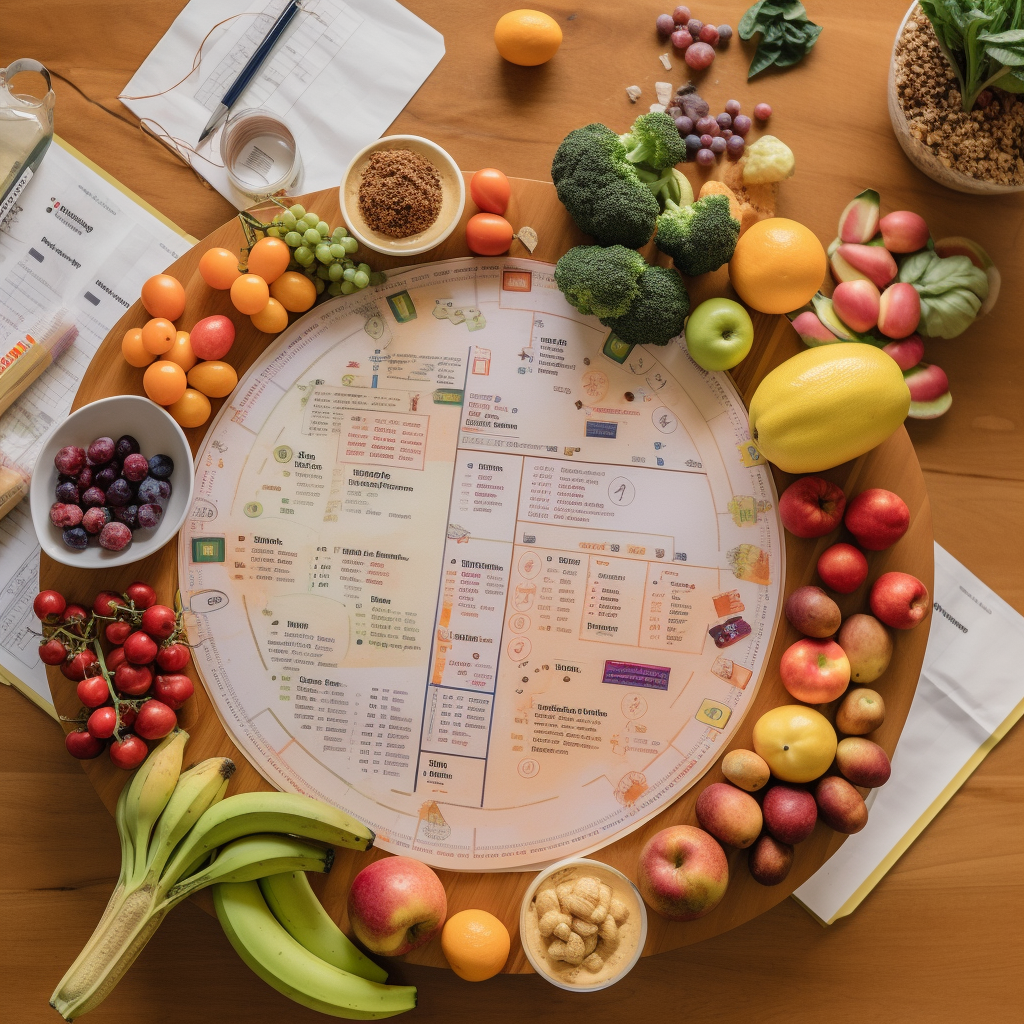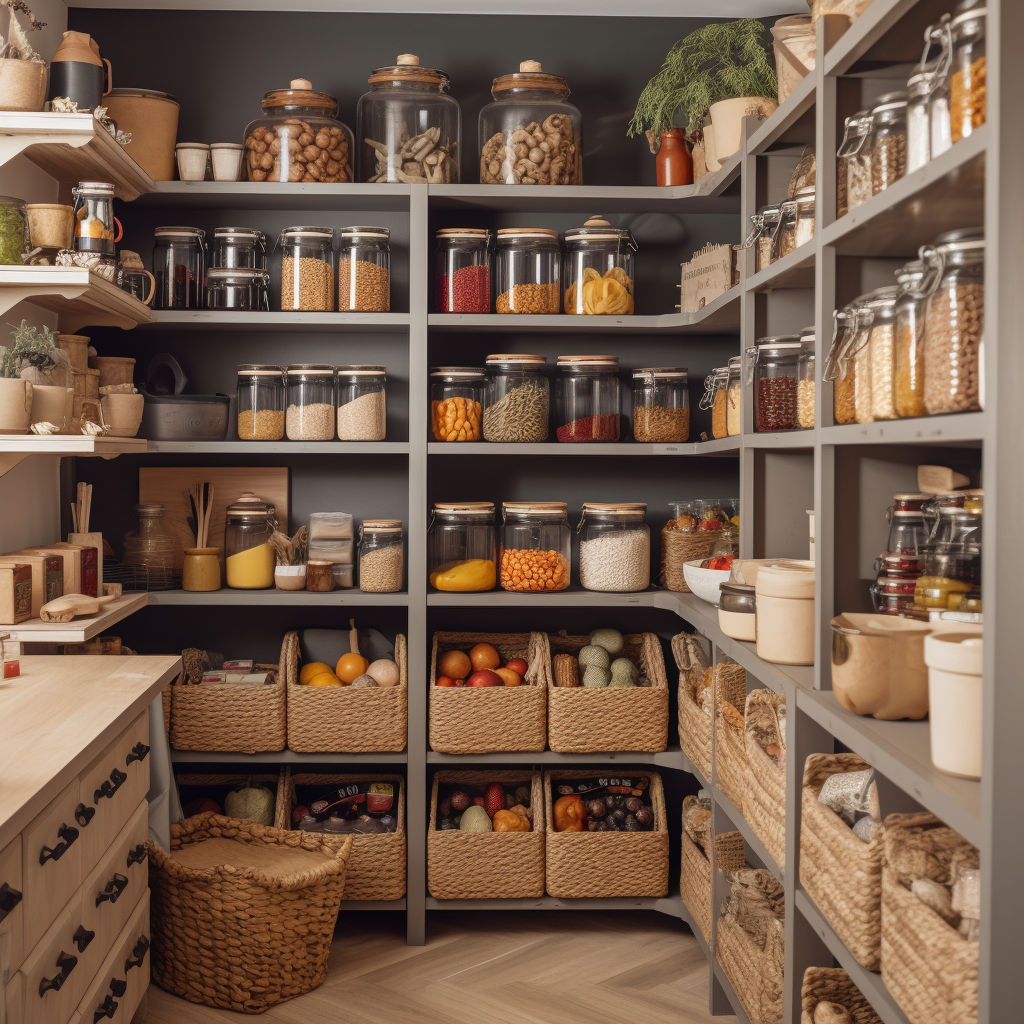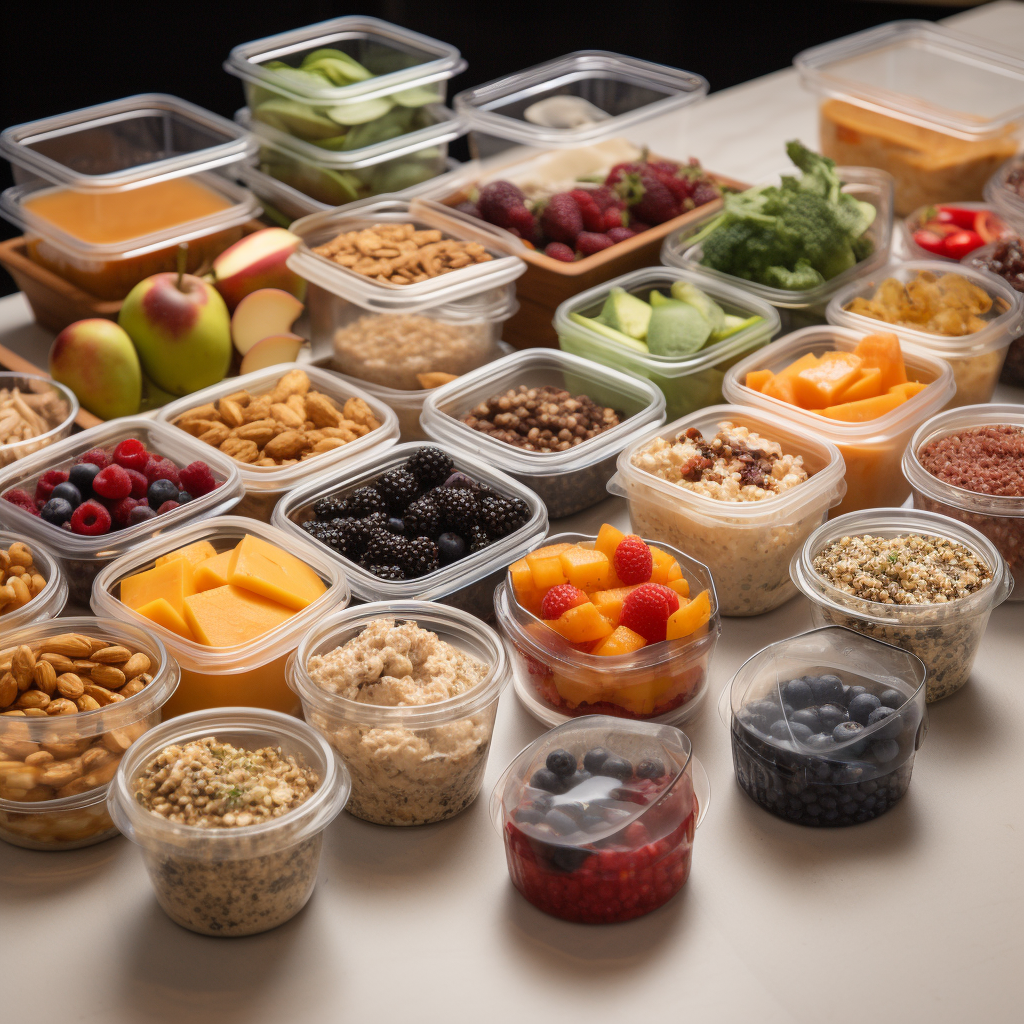Redefining Meal Prep: Eating Healthy on a Budget

Did you know managing food expenses while maintaining a healthy diet is as feasible as it is necessary? Thanks to strategic meal prep and careful food storage, you can avoid wasting money and food. Meal prepping helps you avoid unplanned and unhealthy supermarket pit-stops, and ensures your groceries go a long way. Plus, it eliminates waste—no more discovering wilted, long-forgotten veggies at the back of your fridge. Best of all, it lets you eat healthily without breaking the bank. Join us on a journey and learn how to manage your grocery trips, rule the kitchen, and enjoy a healthy, satisfying, budget-friendly diet.
Unleashing the Power of Meal Prep

Meal prepping is the master key to a healthy, budget-friendly diet. Once used by athletes and fitness enthusiasts, it’s now accessible to all. Here’s why:
- Save Time and Money: Eating healthily doesn’t have to cost a fortune. When you plan meals, you control your grocery list and spending. Plus, meal prepping allows for efficient batch cooking.
- Promote a Balanced Diet: Many studies endorse meal planning because it encourages variety and ensures daily doses of essential nutrients.
- Reduced Carbon Footprint: Meal prepping facilitates using all groceries—saving money and reducing environmental impact. Using reusable containers further minimizes landfill waste. Top sources like the Mayo Clinic, Healthline, NerdWallet, and Forbes recognize the economic and health benefits of meal prep. Why shouldn’t you?
Mastering Frugal Grocery Shopping and Food Storage

You don’t need to punch a hole in your pocket to eat healthily. Adopting frugal shopping methods and smart storing techniques is the way forward. Here are some hard-hitting tips for optimal grocery management:
- Opt for fresh fruits and veggies in season—their flavor, nutrition, availability, and budget-friendly pricing beats out-of-season produce.
- Stock up on non-perishables like whole grains, frozen fruits, veggies, canned goods, olive oil, spices offering long shelf lives.
- Keep an eye out for discounts and use coupons wisely to balance nutrition needs and budgets. Stay tuned for Part 2 of the article, where we will reveal more on making strategic food choices, innovative cooking strategies and helpful tech tools—all designed to promote healthy eating on a budget.
While processed foods may seem like a tempting choice with their super-low prices, they often miss out on providing the much-needed nutritional value our bodies need. Instead, consider the savvy and budget-friendly alternatives. For instance, swap name brands for more cost-efficient store brands, typically offering equal quality for a lower price. And why not try incorporating plant-based protein sources and whole grains into your diet? They pack a vitamin and fiber-rich punch without wreaking havoc on your wallet. In essence, eating healthily on a budget doesn’t mean skimping on nutrition—it’s about making smart choices that maximize your health without breaking your budget.
Now, let’s take a deep dive into optimizing your refrigerator and pantry space for maximum freshness and minimal waste. And, guess what? It’s as straightforward as arranging your spice rack! The magic trinity of planning, prepping, and portioning can turn healthy eating into a walk in the park. By opting for recipes that utilize economical, nutritious ingredients, indulging in batch cooking and smart portioning, and ensuring variety, your perspective on budget-friendly healthy eating can drastically change.
These three P’s can be a lifesaver, especially in the face of the escalating grocery costs. So here we have our blueprint for a feast-filled, wallet-friendly culinary journey. We’ve learned the superpowers of timely planning, savvy prepping, and flexible portioning and outsmarted our food budget without sacrificing fun. Undoubtedly, navigating the grocery aisles may cause some initial intimidation. However, armed with a sturdy plan, your grocery shopping can become an exercise in wisdom and an antidote to food waste, a boost to both your health and your finances! Let’s be real, striving to eat healthily on a budget can feel like a balancing act.
Still, resources like USDA MyPlate offer valuable advice on affordable, nourishing eating. Meanwhile, vibrant online communities provide a plethora of personal stories, innovative tips, and supportive peers on the same budget-conscious, healthy-eating journey. In conclusion, whether you’re battling chronic diseases, striving for a diabetes-friendly diet, or simply cultivating healthier eating habits, remember that success hinges on preparation and strategic planning. Yes, healthier options might moderately affect your budget, but let’s look at it as an investment.
Every dime spent on your well-being now is a shield against potential health complications later. After all, doesn’t the famous proverb say, “An ounce of prevention is worth a pound of cure?” Remember, you are priceless, dear reader. So, here’s to every planned meal, every penny saved, and each step taken toward a healthier, happier you. Here’s to relishing nutritious meals while keeping your budget intact. Because, rest assured, a healthier diet on a budget is not just a dream—it’s your new reality.